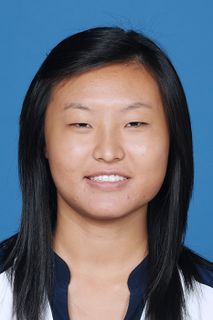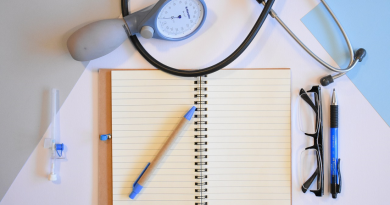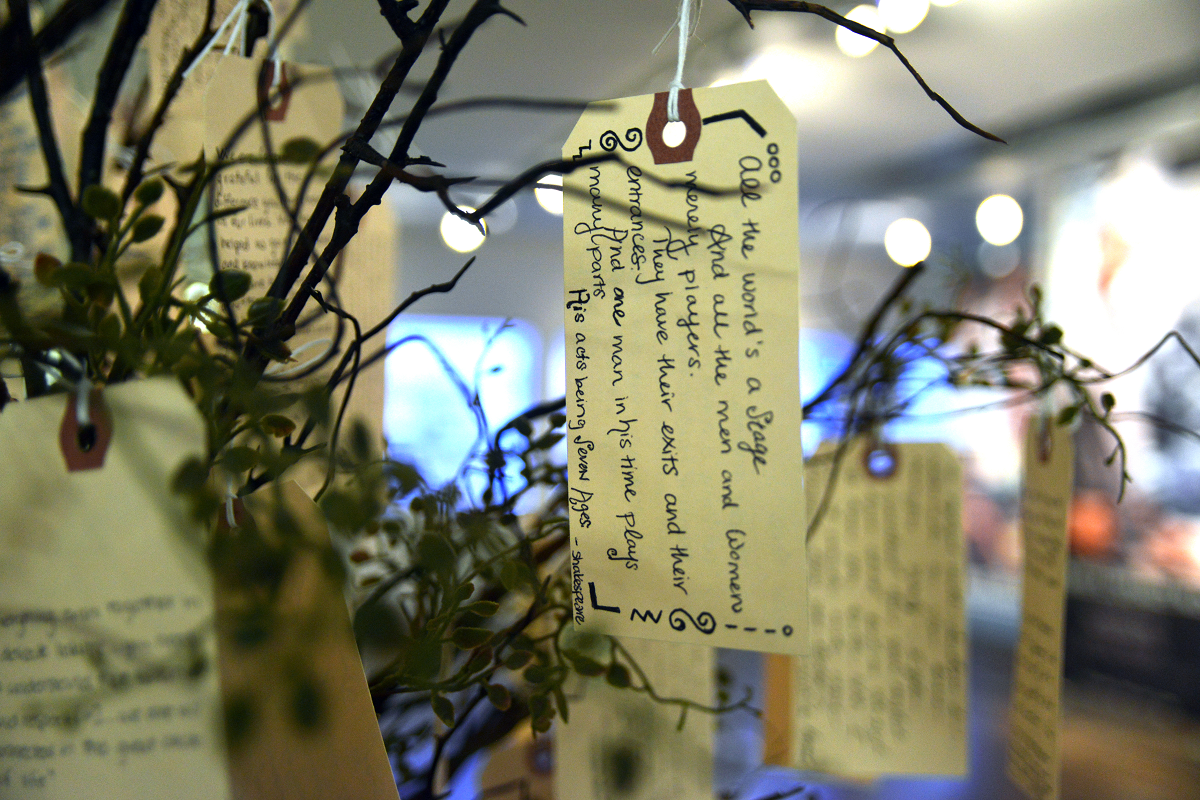Not as loud as my heart: a reflection on a genetics seminar

Whenever I rush past the bulletin boards lining the halls on my way to another event that I’m late for, I fleetingly wonder how often people actually read the announcements they diligently promote. One of these forgotten notices is the Evenings with Genetics Seminars.
This may seem like another event that you can’t fit into your busy schedule – I might have thought the same if not for the fact that they are required for genetics track students. Nothing forces your hand quite like a requirement, except maybe giving you a grade for it. The November seminar was titled Seizures and Epilepsy in Children, and I begrudgingly gave up my study time to attend. (I think one of the grimmest realizations I’ve made in medical school is that I would actually be disappointed about losing time to study.)
I crept into the seminar, two minutes late, and nearly stepped on five toes while searching for a seat in the packed auditorium. The first two lectures were given by genetics faculty members Drs. Angus Wilfong and Carlos Bacino, who explained classifications of seizures and epilepsy, their genetic bases in children, and the treatments and genetic tests currently available. These lectures were informative, but they are not the reason I still fondly remember this seminar.
After the resounding applause died down, a third presenter stood up. Not expecting another presentation, I was starting to feel my internal clock ticking, reminding me of the precious time I was losing here. This man was not faculty, I gathered, and instead of the neat suits of the previous presenters, he dressed casually. He was introduced as the parent of a child with Dravet’s syndrome, which causes epilepsy via a defect in sodium channels. He nervously stepped up to the podium and started his narrative.
His daughter was misdiagnosed, and physicians waved off her first seizures as flukes, without even suspecting a genetic etiology. But her seizures continued – 11 occurrences in her first year, and 23 in her second. The presenter’s voice undulated and cracked, and his story sometimes doubled back on itself gracelessly, but every sentence snaked to my heart. He talked about reading, or rather consuming, Google search results for Dravet’s, trying to find some sort of hope to hold onto. I felt with him his bittersweet relief at finding support groups to share his fears, his stricken disbelief when he read about a life expectancy of 15 years, and his frustration with drugs that still couldn’t keep the episodes at bay. Maybe a new drug can only shorten seizures by a few minutes, he said shakily, but watching her seizures “feels like a lifetime – or like I’ve been reincarnated multiple times. It’s everything in the world to find medicines that can shorten it.”
Stepping out into the muggy night air, I looked up at the sky. I hadn’t done that in a while. I’d been keeping my head down, reading, studying, just trying to push more mundane facts into my memory. But these memorized facts and numbers are not the reason I’m here; it’s the stories, the faces, the livelihood of real patients, real people. As medical students, it’s too easy to get caught up collecting mental stockpiles of anatomical terms and drug names. Through seminars, patients’ writings, articles about promising treatments, physician-authored novels, global health reports, or even Scrubs episodes, we find ways to hold onto the reasons why we chose this path. We always hear about physician burn-out down the road; maybe it’s like pain – you want to get ahead of it. Maybe a memorable seminar now will buy us a couple more months of purpose later on.
On my drive back, an old song came on. One line struck me, this time more profoundly than before:
“Questions of science, science and progress
Do not speak as loud as my heart.”



